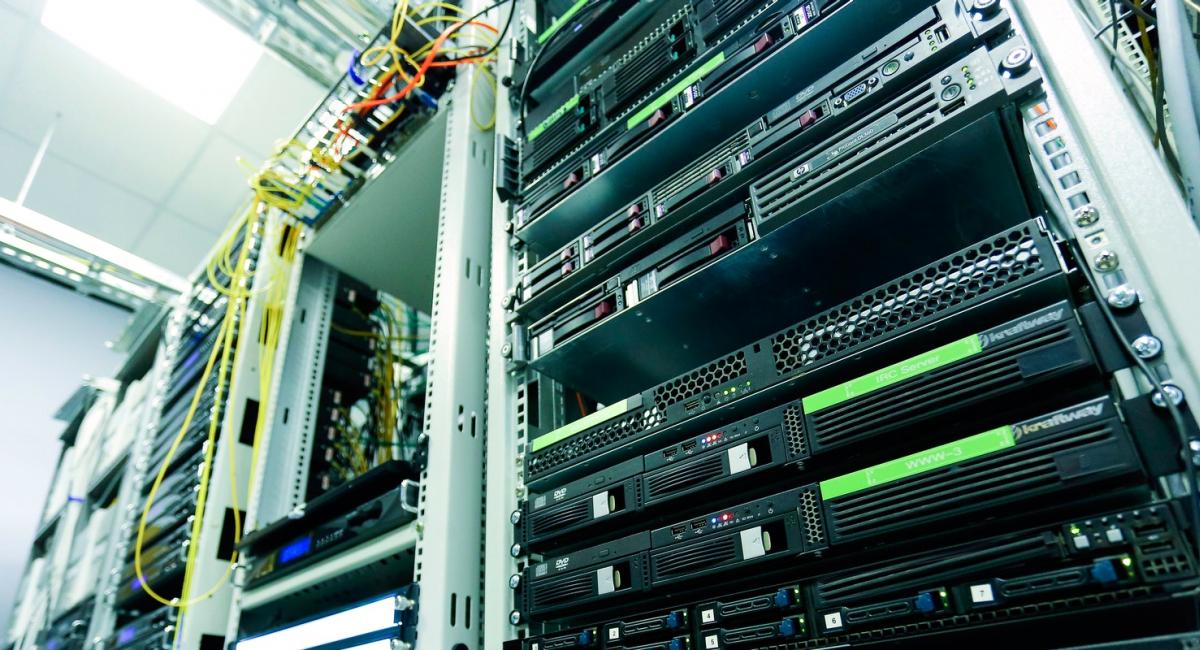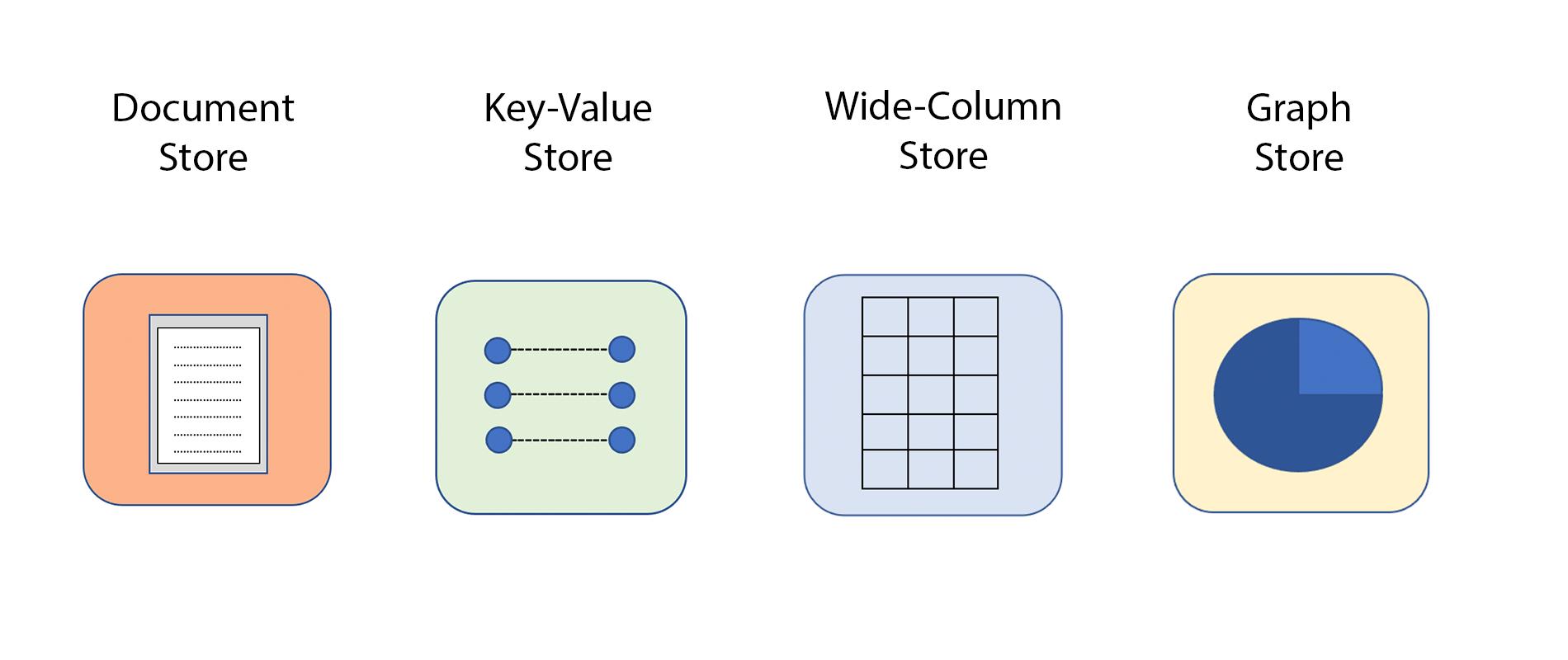What Are NoSQL Databases?


Databases are categorized in one of two ways: SQL or NoSQL. When you’re preparing for a new data project, it’s important to understand which type of database you’ll need. NoSQL databases are more scalable than their traditional, SQL counterparts, so they’re often preferred for rapid application development and flexible data storage. Let’s dive in deeper on what NoSQL databases are, their pros and cons, and some of their use cases.
NoSQL databases are also referred to as “not only SQL” and “non-relational” databases. To understand what makes them different, we must first understand their counterpart: SQL databases. SQL databases (also called Relational Database Management Systems (RDBMS) or relational databases) store information in tables that contain specific pieces or types of data. They use Structured Query Language (SQL) as their form of data storage. When new information is added to a SQL database, that information is either entered into an existing table or new tables. Relationships are made between tables. So, for example, a SQL database might store a customer’s name and address in one table and that customer’s purchase history in another.
A NoSQL database is a little different. Instead of storing data in tables, NoSQL databases store data in non-tabular forms. Where SQL databases rely only on SQL, NoSQL databases can use other types of query languages and store data in a format beyond relational tables. This makes them more flexible and scalable.
For example, if you wanted to store magazine articles in a NoSQL database, the text of the article, the author’s name, the author’s contact information, and the comments could all be stored as a single entity, even though the information types may be in different formats. In a SQL database, you’d have to segment all that information out into individual tables for the text, the author’s name, the author’s contact info, and the comments. To find the information later, you’d have to query all the tables instead of one entity, which takes more time.
One is not necessarily a question of one being better than the other. Plus, you don’t have to choose just one. You may decide to use a NoSQL to complement a SQL database. The type of database depends on your needs.
Because of the constraints used to enforce data accuracy, SQL databases are excellent for ensuring data is accurate and consistent. They can store and retrieve data quickly, but their scalability is limited to the hardware you have. NoSQL databases are better for big data, real-time analytics, and other initiatives that require huge amounts of data storage. They’re purpose-built for fast-paced development and large scalability.
There are four primary data models for NoSQL databases. Here’s a brief synopsis of each:
1. Document Data Store: These NoSQL databases are document-oriented. They’re designed to store, retrieve, and manage data as documents. The data schemas (ex: “Name” in one document vs. “First Name” in another)don’t need to match across documents, so it’s more flexible for developers. However, with complex transactions, that flexibility can become problematic and possibly lead to data corruption.
2. Key Value Store: This is the least-complicated NoSQL database type. The database uses different keys wherein each key is paired to one value, kind of like a dictionary. The unique keys store a pointer to the associated data in the database. A use case for key value stores would be for caching and storing user session information like online shopping carts. Key value storage is not ideal, however, for pulling multiple records at a time.
3. Graph Stores: Graph stores are the most complicated NoSQL database type. They’re used to efficiently store relations between entities. Data elements are stored in graph structures as nodes, edges, and properties. Nodes can be any object, place, or person; edges define the relationships between those nodes. For example, if you have nodes for a client and a consultant, the edge will define it as a customer relationship. Graph stores are most useful when you have a lot of interconnected data, and many predict they will only grow in popularity as our data continues to become more interconnected.
4. Wide-Column Stores: In a similar vein to SQL databases, wide-column stores use tables, rows, and columns. Users can access only the columns they need without wasting time on irrelevant data. However, unlike SQL databases, the names and formats of the columns can vary from row to row in the same table. Because it’s a more complex system to manage than key value stores or document stores, wide-column stores aren’t recommended for those who are just getting started with NoSQL databases.

As we mentioned earlier, NoSQL databases are super flexible and can handle massive data sets that are constantly changing. They are excellent for agile development and frequent code pushes. In addition to their flexibility, NoSQL databases are:
While there are many benefits to NoSQL, there are also detractors. NoSQL databases haven’t been around as long as SQL databases, so finding the information to support them is more difficult. Storing data inside a single database means NoSQL databases can query fast and scale without having to add new hardware for data storage. However, simple queries in NoSQL require some programming knowledge. In addition, because they can store so much data, NoSQL databases can become massive, which makes data quality much harder to maintain.
Because NoSQL databases are so flexible and scalable, they have use cases across the organization. Here are a few examples to get your wheels turning:
1. Use a graph-based NoSQL database to manage data relationships and detect fraud.
2. Apply key-value stores to e-commerce to scale during holidays and other heavy-traffic days.
3. Use a document data store to build a custom content management system that aggregates data in a single catalog.
4. Use key-value stores to collect insights on user preferences and profiles.
5. Utilize a graph store for implementing social network operations.
6. Use a wide-column store to manage data warehouses and business intelligence.
Fill out the form below and we will contact you